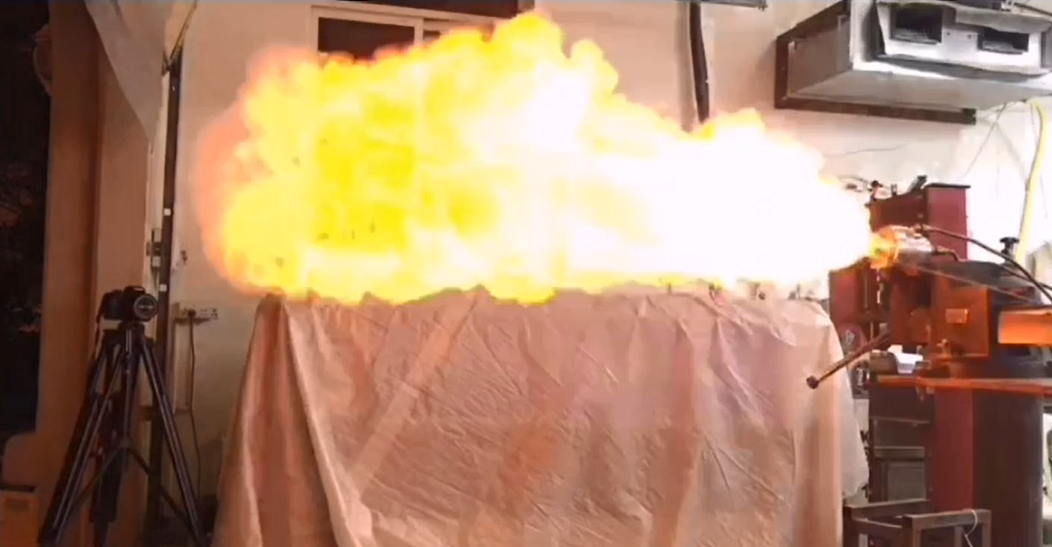Kuwait Space Rocket on:
[Wikipedia]
[Google]
[Amazon]
The Kuwait Space Rocket (KSR), is a Kuwaiti project to build and launch the first





suborbital
A sub-orbital spaceflight is a spaceflight in which the spacecraft reaches outer space, but its trajectory intersects the atmosphere or surface of the gravitating body from which it was launched, so that it will not complete one orbital r ...
liquid bi-propellant rocket in Arabia. The project is intended to be the first step towards starting a space industry in the country and a launch service provider in the GCC region. The project is divided into two phases with two separate vehicles. An initial testing phase with KSR-1 as a test vehicle capable of reaching an altitude of and a more expansive suborbital test phase with the KSR-2 planned to fly to an altitude of . in May 16 Ambition-1 launched but had a malfunction with the parachute and crashed in free fall.
History
The project began in January 2018 for conceptual design and planning. The team started the fabrication of KSR-1 in early 2019, and as of January 2020, KSR-1 was fully built.KSR-1
KSR-1 is a vertically-launched single stage rocket. It uses a liquid bi-propellant rocket engine burningmethanol
Methanol (also called methyl alcohol and wood spirit, amongst other names) is an organic chemical and the simplest aliphatic alcohol, with the formula C H3 O H (a methyl group linked to a hydroxyl group, often abbreviated as MeOH). It is a ...
as fuel and nitrous oxide as the oxidizer. KSR-1 is intended to be a test vehicle for the development of KSR-2, the goal of which is to reach space. As such, all the major components and technologies that are expected to be used in KSR-2 are present in KSR-1. The main components of KSR 1 are the engine—consisting of the injector, nozzle, and cooling jacket— with fuel and oxidizer tanks, a nitrogen gas tank, and various valves and pressure regulators.

KSR-1 Development Process
Engine Fabrication
The KSR-1 engine was built locally in Kuwait and it utilizes apressure fed
The pressure-fed engine is a class of rocket engine designs. A separate gas supply, usually helium, pressurizes the propellant tanks to force fuel and oxidizer to the combustion chamber. To maintain adequate flow, the tank pressures must exceed th ...
cycle. The engine utilizes the nitrous not only as an oxidizer but as a cooling agent, that flows around the nozzle and back into the injector again.
Cold Flow Testing
The KSR team performed a cold flow testing in October 2019 to verify the engine's flow rate and plumbing.
Static Testing
KSR performed a static testing of the Injector in November 2019.
Structural Assembly
The KSR-1 was fully assembled and presented at the Kuwait Aviation Show 2020.
KSR-2
KSR-2 is a planned liquid bi-propellant suborbital launch vehicle. It is the second installment of the KSR Rocket Family, composed of a single stage, fueled by nitrous oxide and methanol. KSR-2 will have a total length of 4 m, a diameter of 0.4 m and a total mass of 591 kg, its apogee will be around 100 km.See also
* Sub-orbital spaceflight * Launch vehicleReferences
{{reflist __FORCETOC__ Suborbital spaceflight Aerospace Research groups